Perspective of Lac Dia historical and cultural revolutionary relic site when completed. Photo: Contributor
The foothold of revolutionary forces
The birth of Phu Le commune is closely linked to the formation of Ba Tri district around the middle of the 18th century. The first people to settle in this land highly respected the rites left by their ancestors, so they named the village Phu Le, meaning a land rich in rites. The old customs and rituals from worship to religious beliefs are all preserved. The previous generation teaches the next generation to continue to preserve the rituals of their ancestors.
The population of the commune in 1900 was 1,699 people, by 1975 it was 4,500 people. Currently, the commune has 1,812 households, with 6,780 people. The majority are Kinh people and a few Chinese people. Most of the people of Phu Le live on farming. A few live on weaving and trading. During the two resistance wars against the French and the Americans, as a commune on the outskirts of the town, Phu Le was the place where the enemy concentrated fierce attacks. Many cadres, party members and people sacrificed, were arrested and imprisoned. However, the people of Phu Le remained loyal to the revolution, both fighting to protect their homeland and supporting the district's revolutionary forces.
Lac Dia base is the base of revolutionary forces of Phu Le commune, Ba Tri district and many other communes in the district. In 2005, the commune was awarded the title of Hero of the Armed Forcesby the President . The terrain of Phu Le commune, consisting of sand dunes lying next to each other, this land was formed by alluvial deposits over many centuries. The crocodile head bone excavated in Lac Dia area as well as place names such as Lac Dia - a vast, wild land, densely covered with trees, easy to get lost), Go Luc - a mound of land covered with luc trees, speak of the desolation of this place.
The history of the revolutionary struggle of Phu Le commune recorded: “Located next to Ba Tri district, with the position of the gateway protecting the Northeast of the district, Phu Le was a place where the enemy continuously attacked, especially during the years of resistance against the US. Therefore, the fight of Phu Le army and people became more fierce and intense. However, Phu Le with favorable terrain, protected by Lac Dia forest, was the base, the foothold of the revolutionary forces of the province, district and commune. Phu Le was the place where the liberation army used as a springboard to attack the enemy's headquarters in Ba Tri district. This was also the starting point of many famous battles in the region, causing the enemy to lose sleep and appetite”.
Historical and cultural relics
An unforgettable and exciting memory was on May 5, 1964, when Phu Le commune was chosen by the province as a typical example of destroying strategic hamlets at the Southern Militia and Guerrilla Conference. Comrade Sau Thanh (also known as Ms. Sau Xem, secret guerrilla force) represented the commune Party Committee to attend and read the report at the conference. The conference awarded the commune a carbine, a Hong Ha pen and an Ap Bac flag, along with a certificate of merit. The Military Affairs Committee was allowed to attend the regional conference. The commune Women's Union was presented with a flag by the provincial Women's Union. The people of Phu Le were extremely excited to receive the above-mentioned awards for the locality, and made even greater efforts to protect the liberated areas and fulfill their rear duties towards the frontline.
The above honor was achieved thanks to the Phu Le people repeatedly destroying strategic hamlets. In early 1963, the strategic hamlet system in the commune was destroyed in many large areas, leaving the enemy with no way to repair it. The movement to destroy strategic hamlets in Phu Le commune achieved victory. In total, during this period, we had 60 raids on their strategic hamlets, with 70% of the barbed wire, fence posts, and spikes destroyed. From 1960 to 1964, the Phu Le militia and guerrillas fought 364 battles, resisted 141 sweeps, 109 enemy dead, 296 wounded. Women fought 19 battles, 25 enemy dead, 33 wounded. Military mobilization of 57 soldiers' families, 5 officers' families... 174 raids against strategic hamlets, 2,494 people participated, destroyed 6.5km of dikes, completed 3 combat hamlets, 12 combat nests. Mobilized 21 middle-class families to help poor farmers with 19 acres of land. Organized 3 schools from grade 5 to grade 3 (today's grade 1 to grade 3) with 346 students... Along with many other proud achievements recorded in the History of the Revolutionary Struggle of Phu Le Commune.
On April 23, 2025, in Phu Le commune, the Provincial People's Committee held a groundbreaking ceremony for the Lac Dia historical and cultural revolutionary relic site. The relic site has a total area of about 130,113m2 , divided into functional areas such as: central area, entertainment area, recreation and restoration area, resort area. The total investment of the project is 89,983 billion VND, from the local budget.
Speaking at the ceremony, Vice Chairman of the Provincial People's Committee Nguyen Thi Be Muoi said: The Lac Dia historical and cultural revolutionary relic site is of great significance to the economic , cultural and social development of the province. When the project is completed and put into use, together with other relics such as Phu Le communal house architectural and artistic relic, Nguyen Ngoc Thang military relic, Binh Hoa communal house architectural and artistic relic, Nguyen Van Trac house relic, Nguyen Dinh Chieu tomb and memorial site... will contribute to making the system of cultural and memorial destinations combined with sightseeing and tourism in the province increasingly complete and developed. Thereby, attracting more visitors and tourists to the source, helping the local economy develop, improving the material and spiritual life of the people".
Today, Phu Le commune has been recognized as meeting the standards of an advanced new rural commune. Chairman of Phu Le Commune People's Committee Dao Cong Van said: "The Party Committee, government and people of Phu Le commune are striving to build the commune to meet the standards of a model new rural commune, making Phu Le commune increasingly civilized and beautiful, worthy of being a homeland rich in revolutionary and heroic traditions."
“Lac Dia is a large, low-lying area, with an initial area of about 153 hectares. This is a large, wild land, with dense trees and tangled vines. During the period of national liberation struggle, Lac Dia was a regular place of activity for revolutionary cadres not only from Phu Le commune but also from neighboring communes such as Phu Ngai, Phuoc Tuy, An Binh Tay, My Nhon, provincial troops, district special forces... This land always makes the enemy terrified, and has recorded many glorious feats of arms of the army and people of Ba Tri district”. (Vice Chairwoman of Provincial People's Committee Nguyen Thi Be Muoi) |
Heather
Source: https://baodongkhoi.vn/xay-dung-khu-di-tich-lich-su-van-hoa-tai-bung-lac-ia-05052025-a146126.html


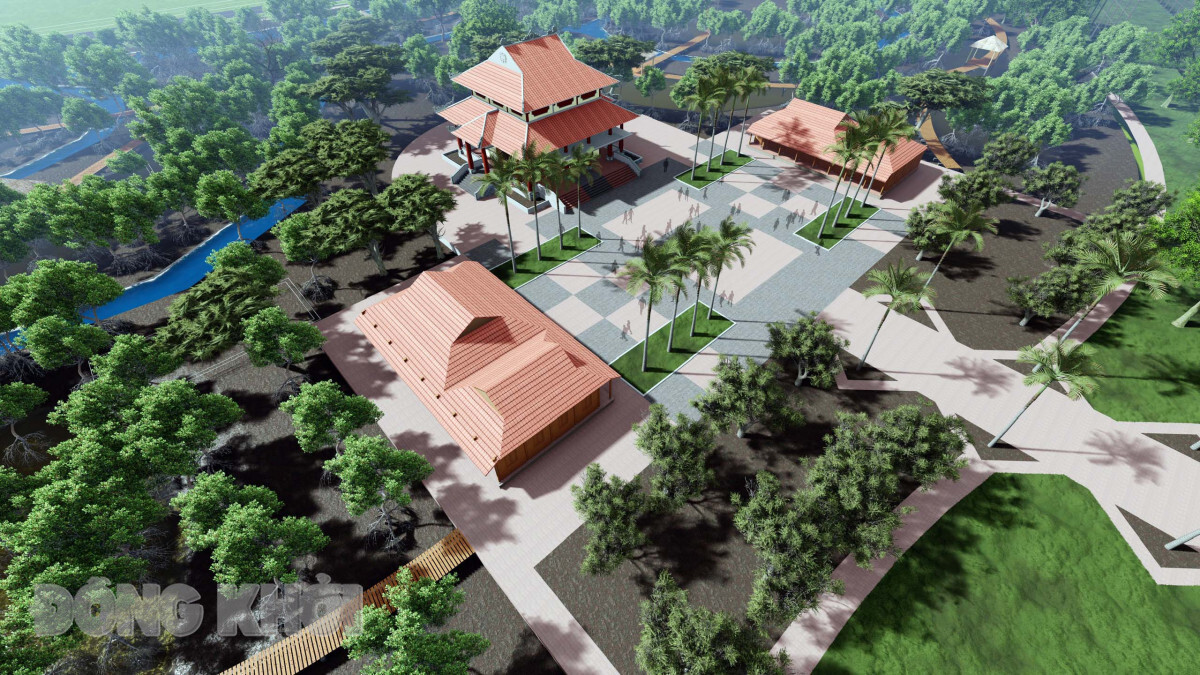


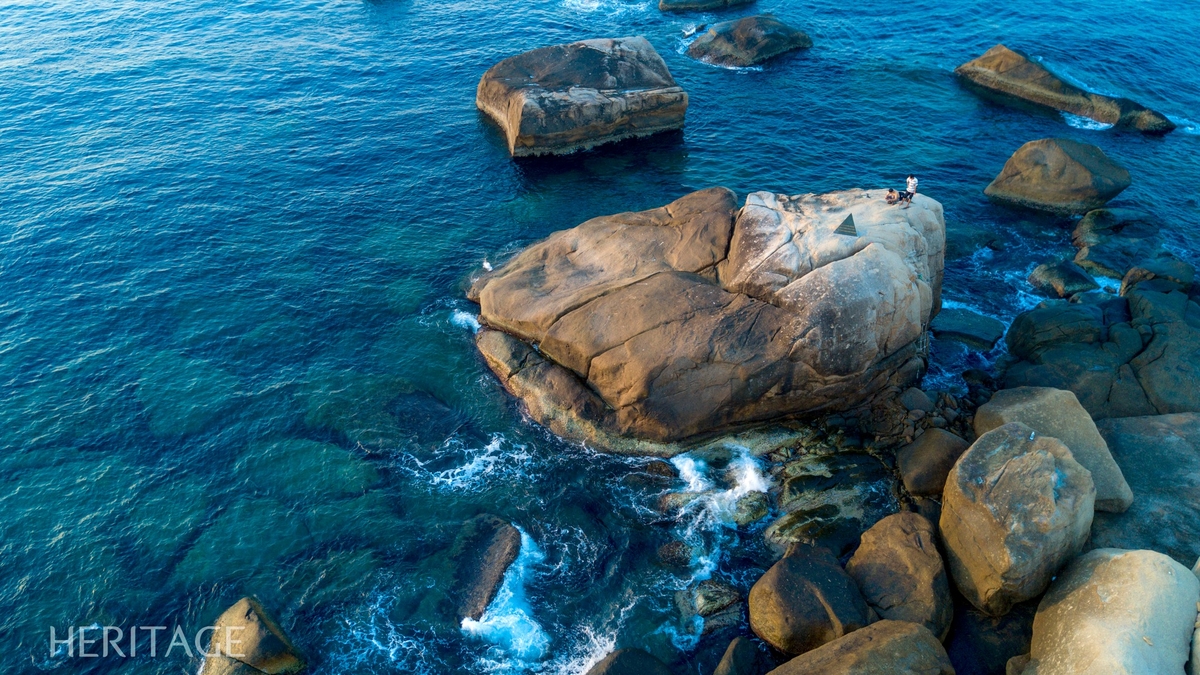


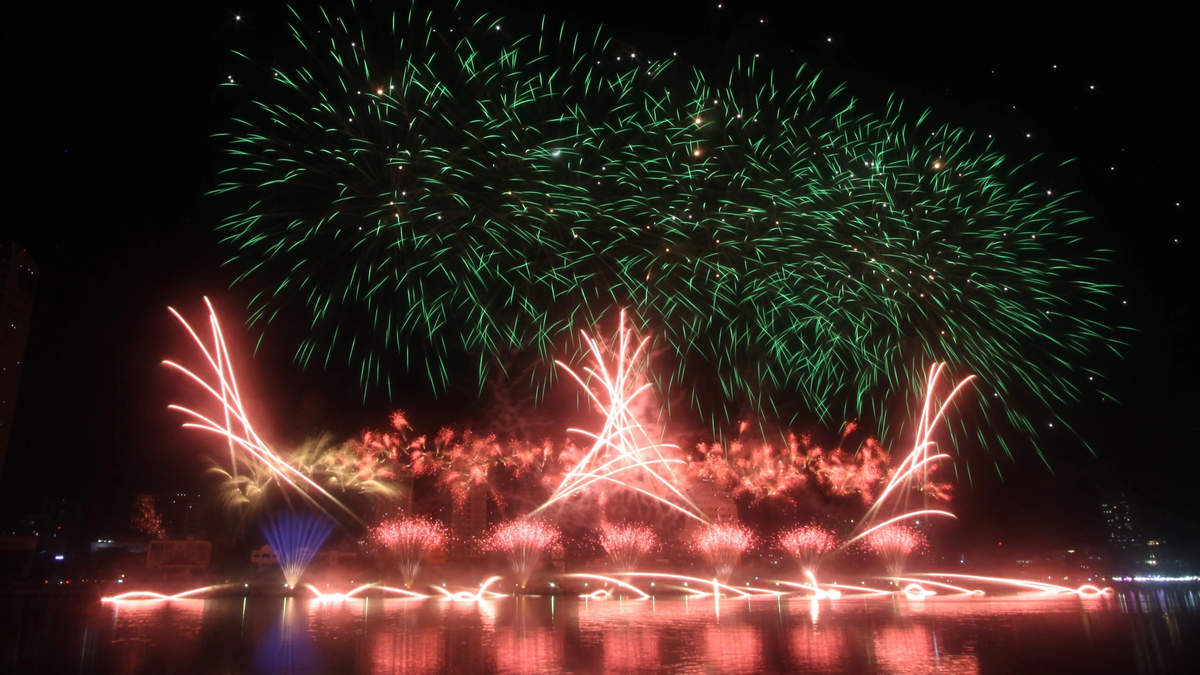





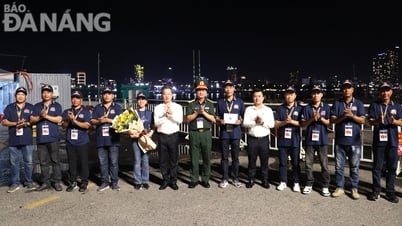









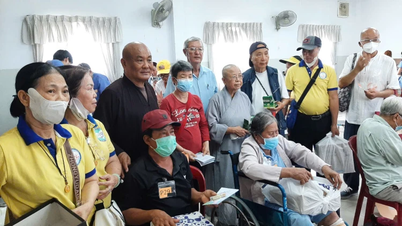
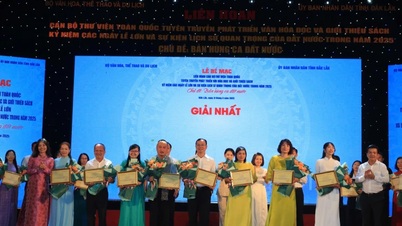
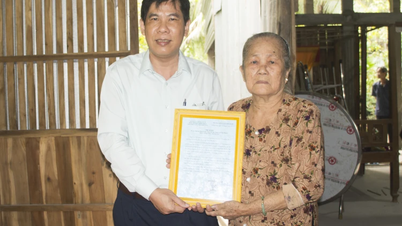
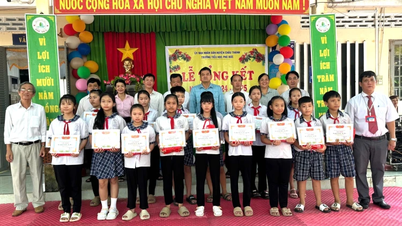
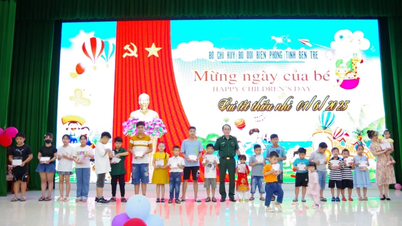































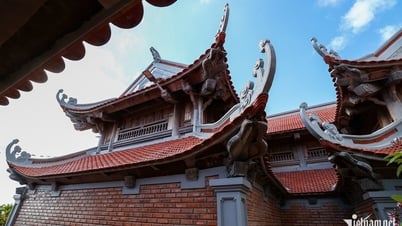












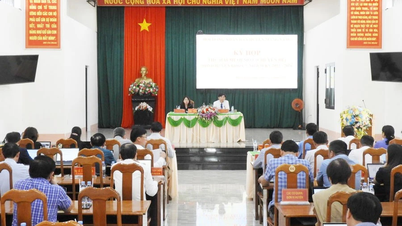











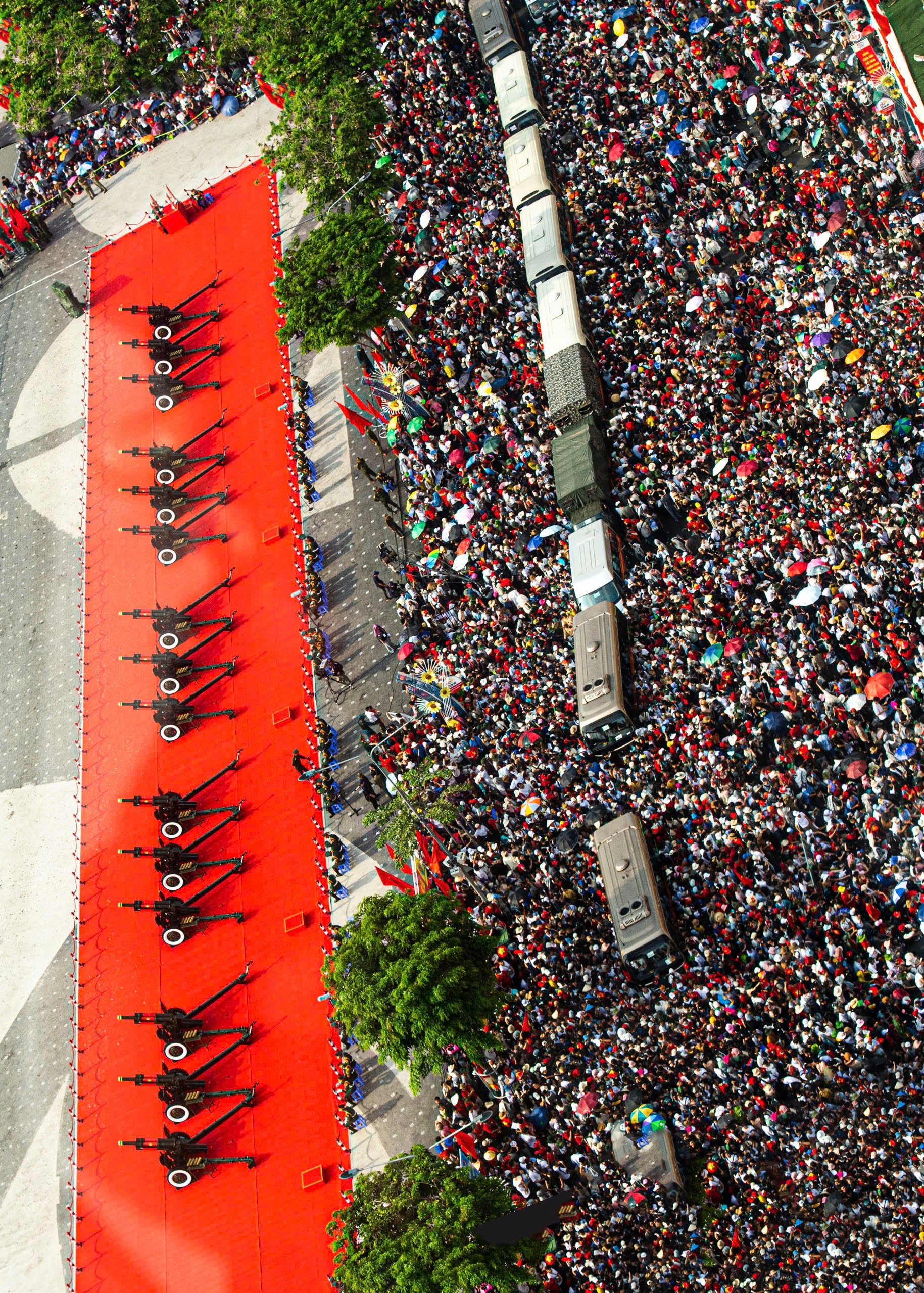



Comment (0)